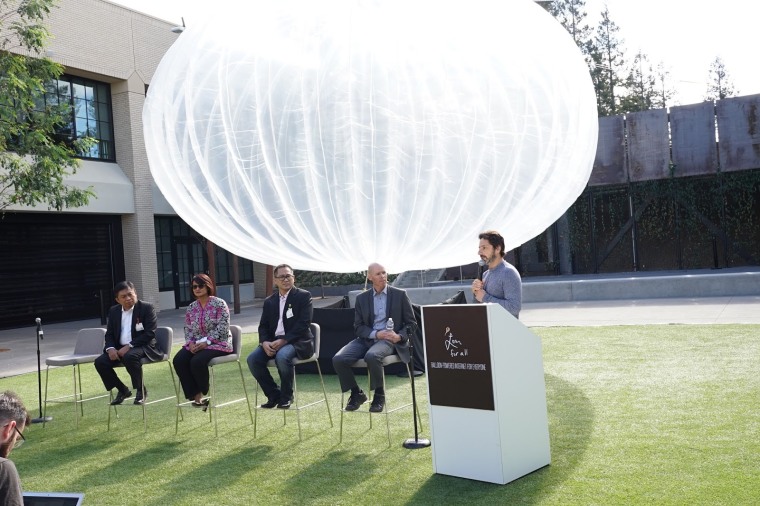Google's Internet-beaming balloons are ready to take off on the next phase of their mission to deliver online access in regions where most people live offline.
The company, now known as Alphabet, announced Wednesday it is partnering with three of Indonesia’s mobile network operators — Indosat, Telkomsel, and XL Axiata — to begin testing Project Loon balloons over Indonesia in 2016.

About 250 million people live on 17,000 islands in that part of Southeast Asia, although only 42 million have Internet access. Google's 2-year-old "Project Loon" program aims to change that by transmitting high-speed Internet signals from clusters of balloons floating about 60,000 feet above the Earth.
"Over the next few years, we’re hoping Loon can partner with local providers to put high-speed LTE Internet connections within reach of more than 100 million currently unconnected people — that’s enough speed to read websites, watch videos, or make purchases," Google said in a blog post. "From Sabang all the way to Merauke, many of these people live in areas without any existing Internet infrastructure, so we hope balloon-powered Internet could someday help give them access to the information and opportunity of the web."
Related: Google's Project Loon Close to Launching Thousands of Internet Balloons
The Indonesian expansion follows extensive testing in New Zealand, Australia and remote areas in California and Brazil.
Google co-founder Sergey Brin envisions Project Loon eventually creating millions of jobs around the world to raise the standard of living for now-impoverished people as they are able to get online. "The emotional distance of the world is shrinking, thanks to the communications we enjoy today," said Brin, who oversees the X lab as Alphabet's president.
Project Loon started in Google's X lab for off-the-wall projects. The lab is now run by Google's parent company, Alphabet Inc.